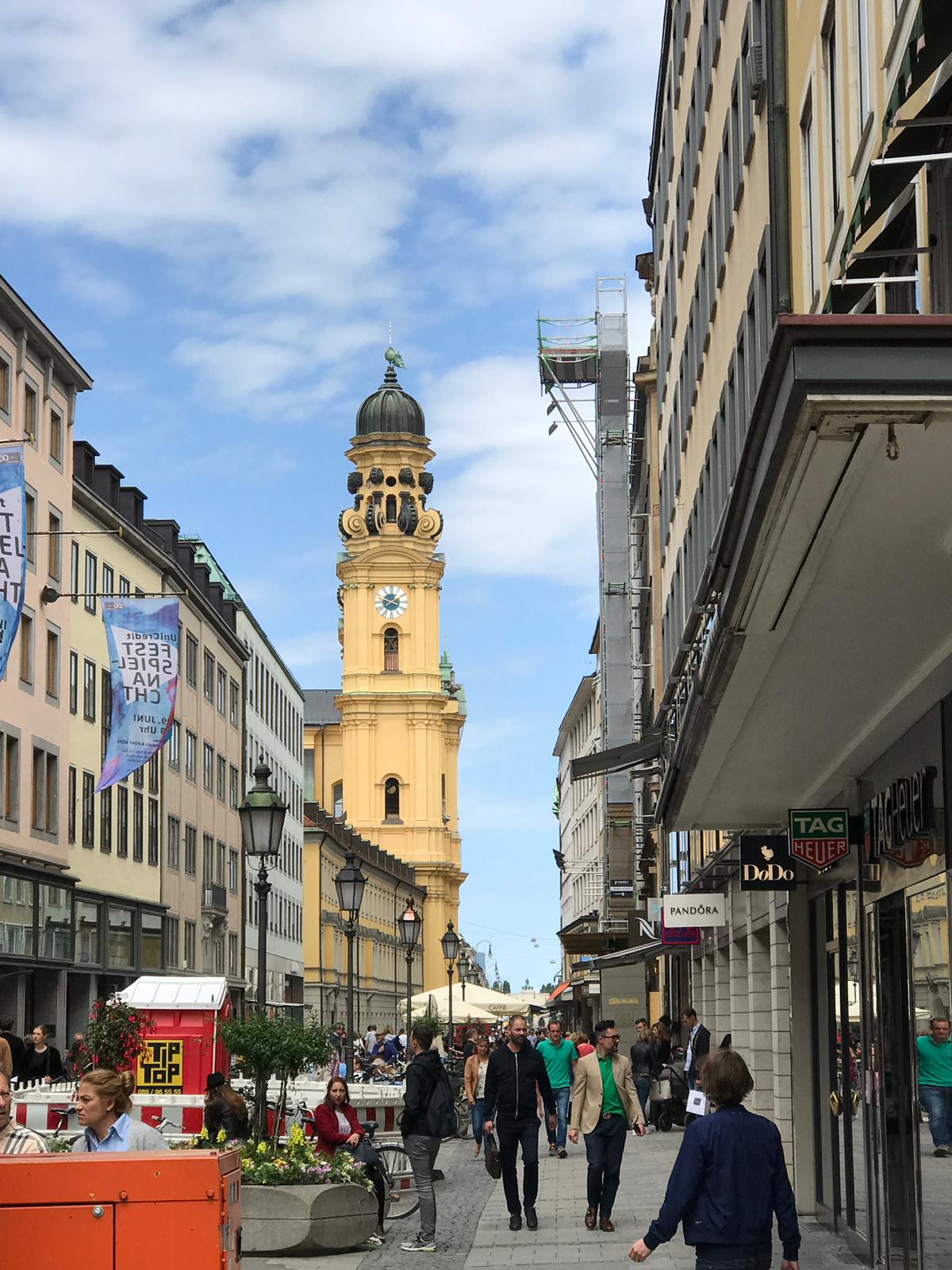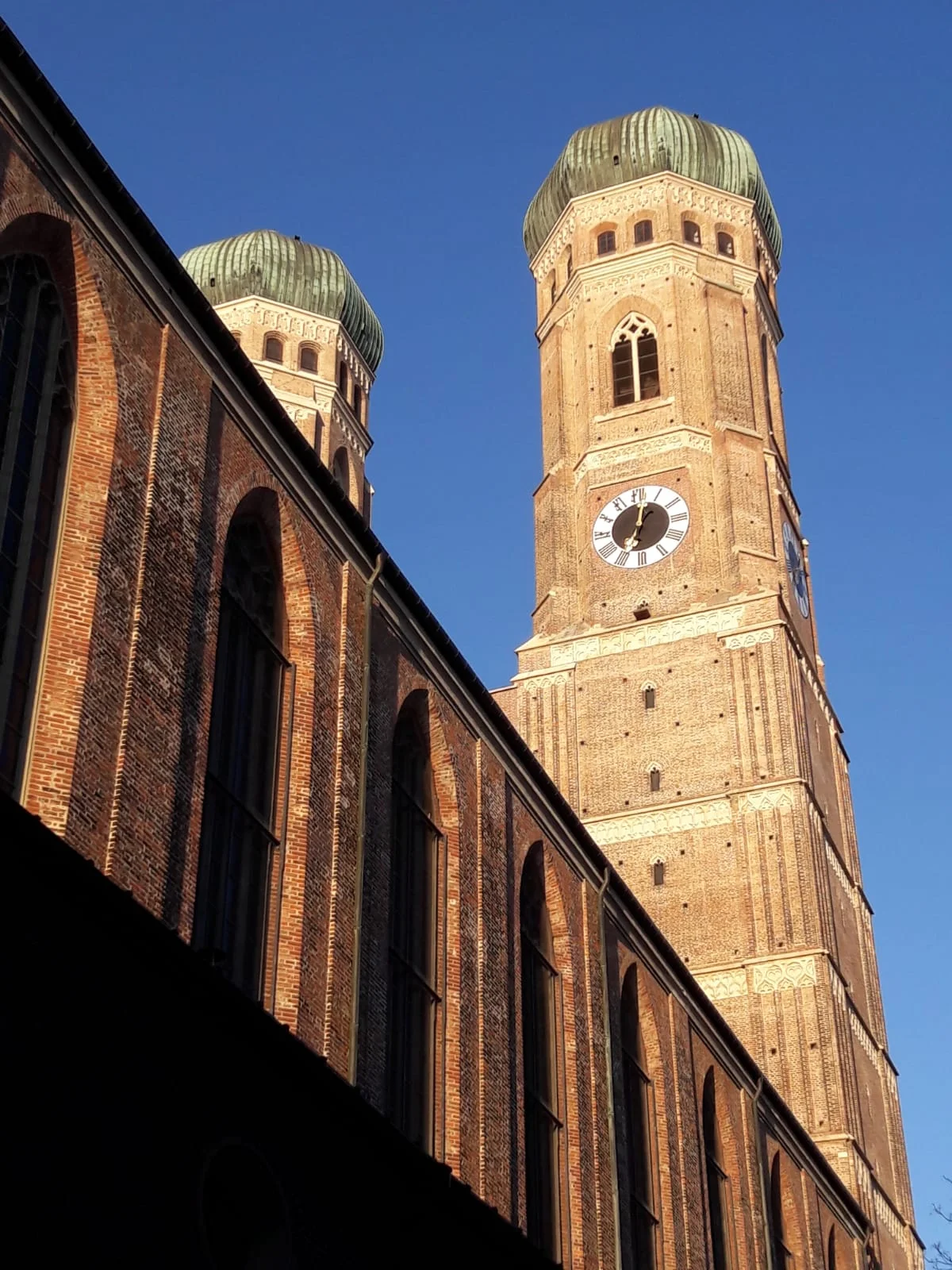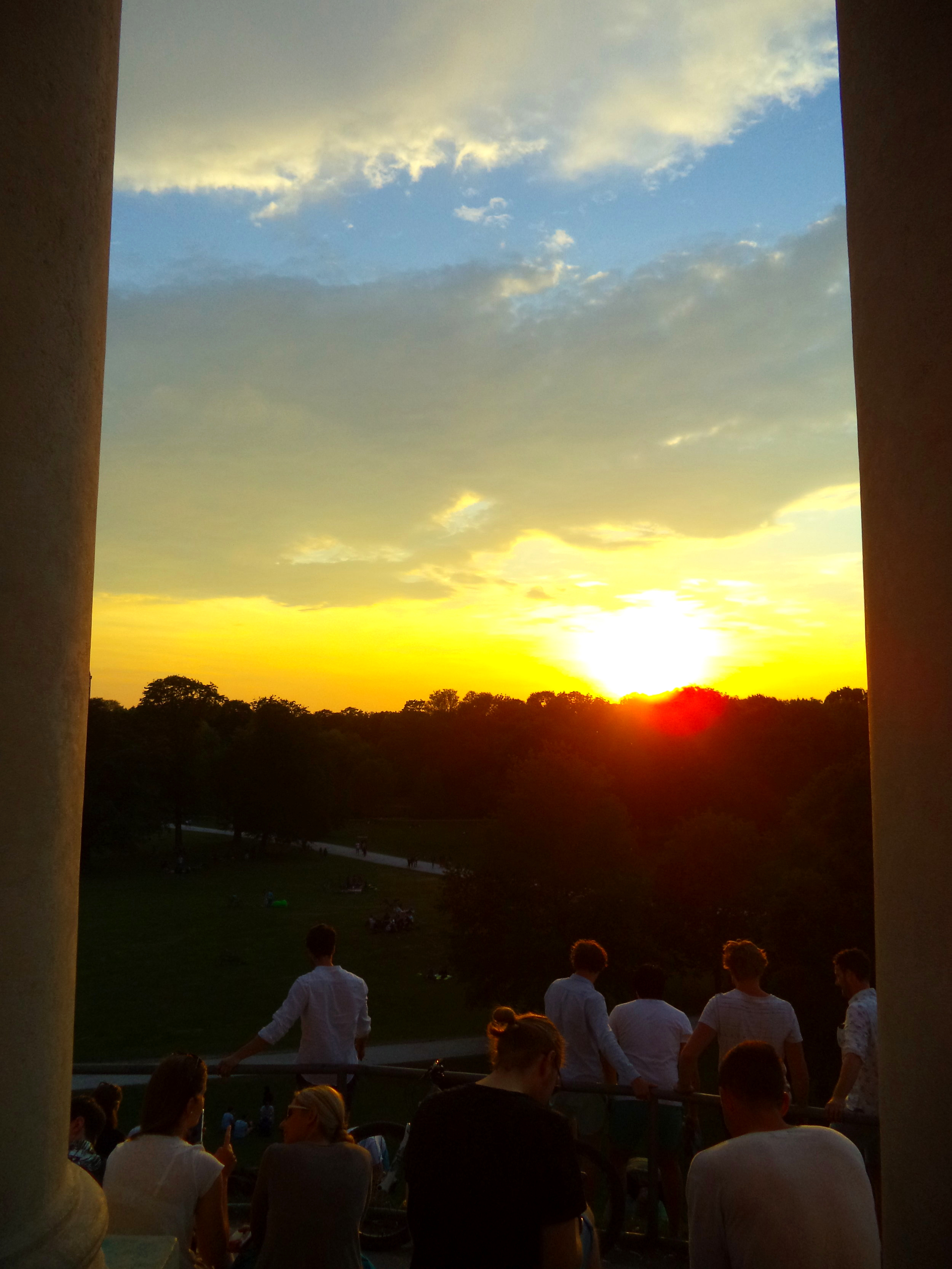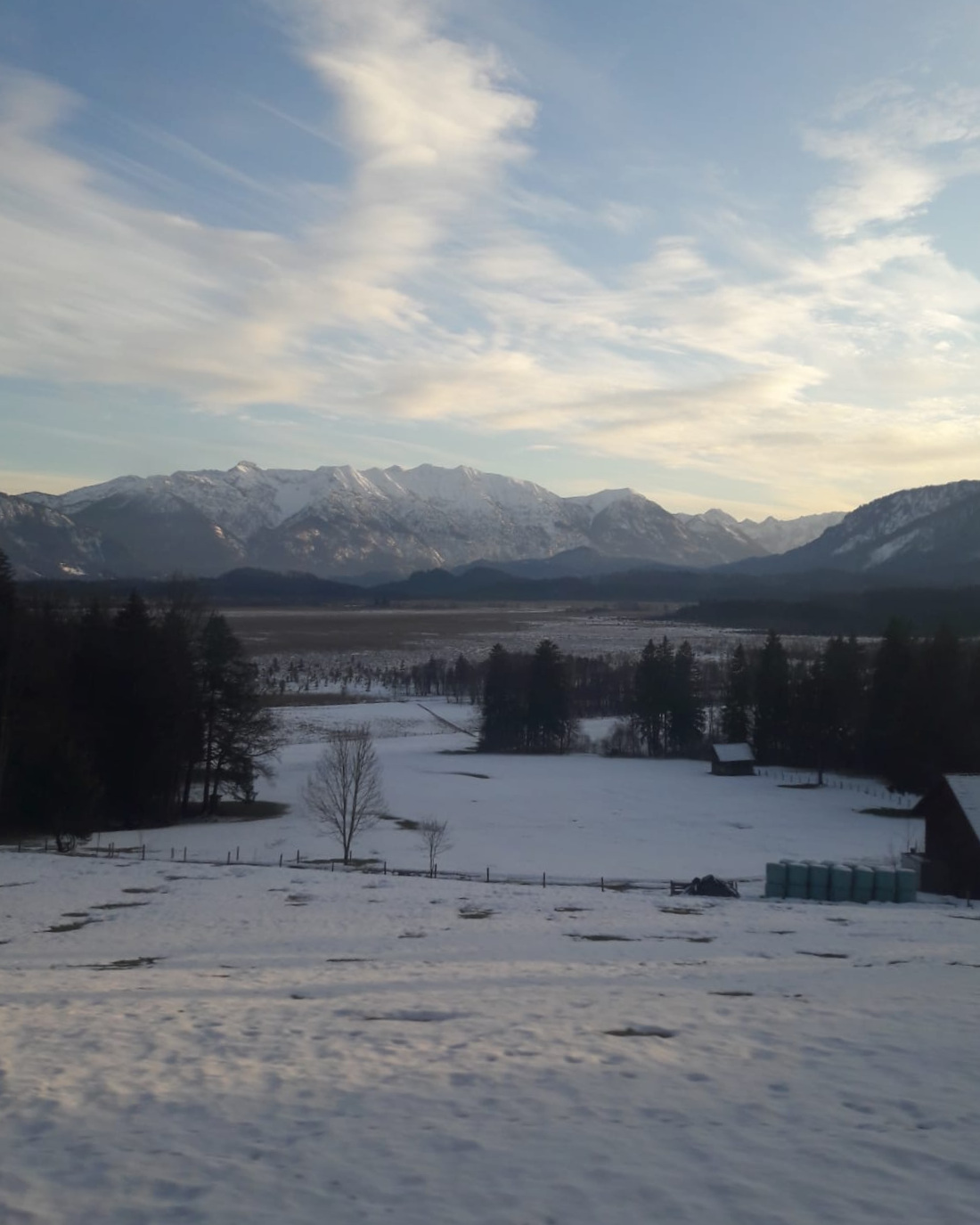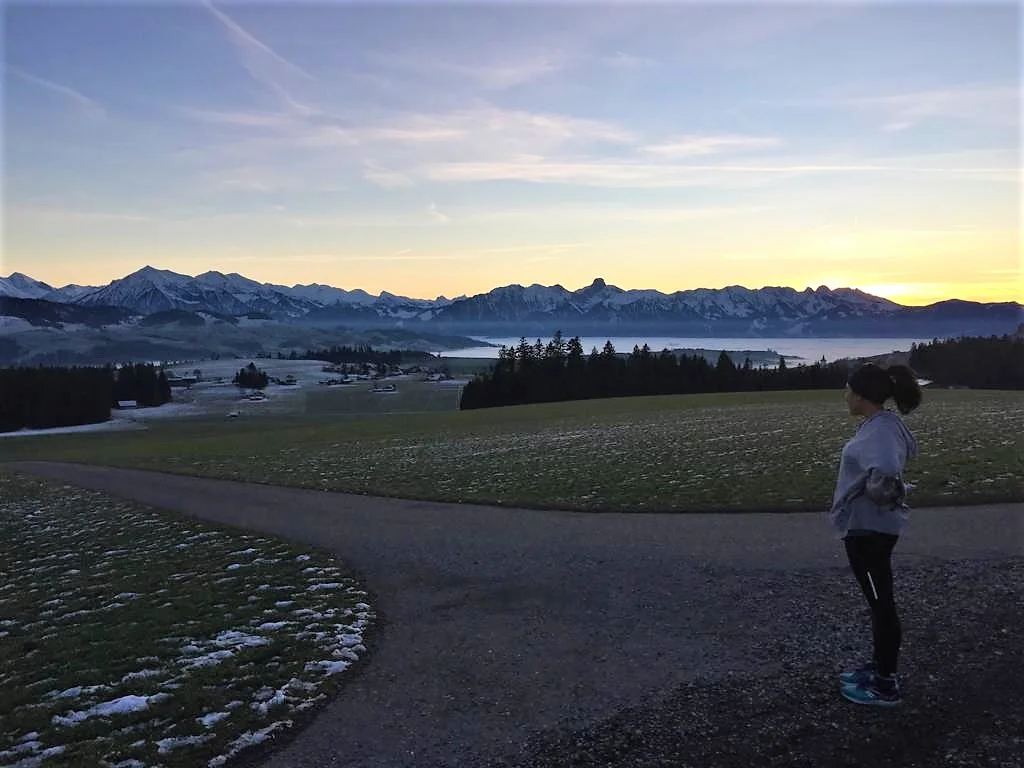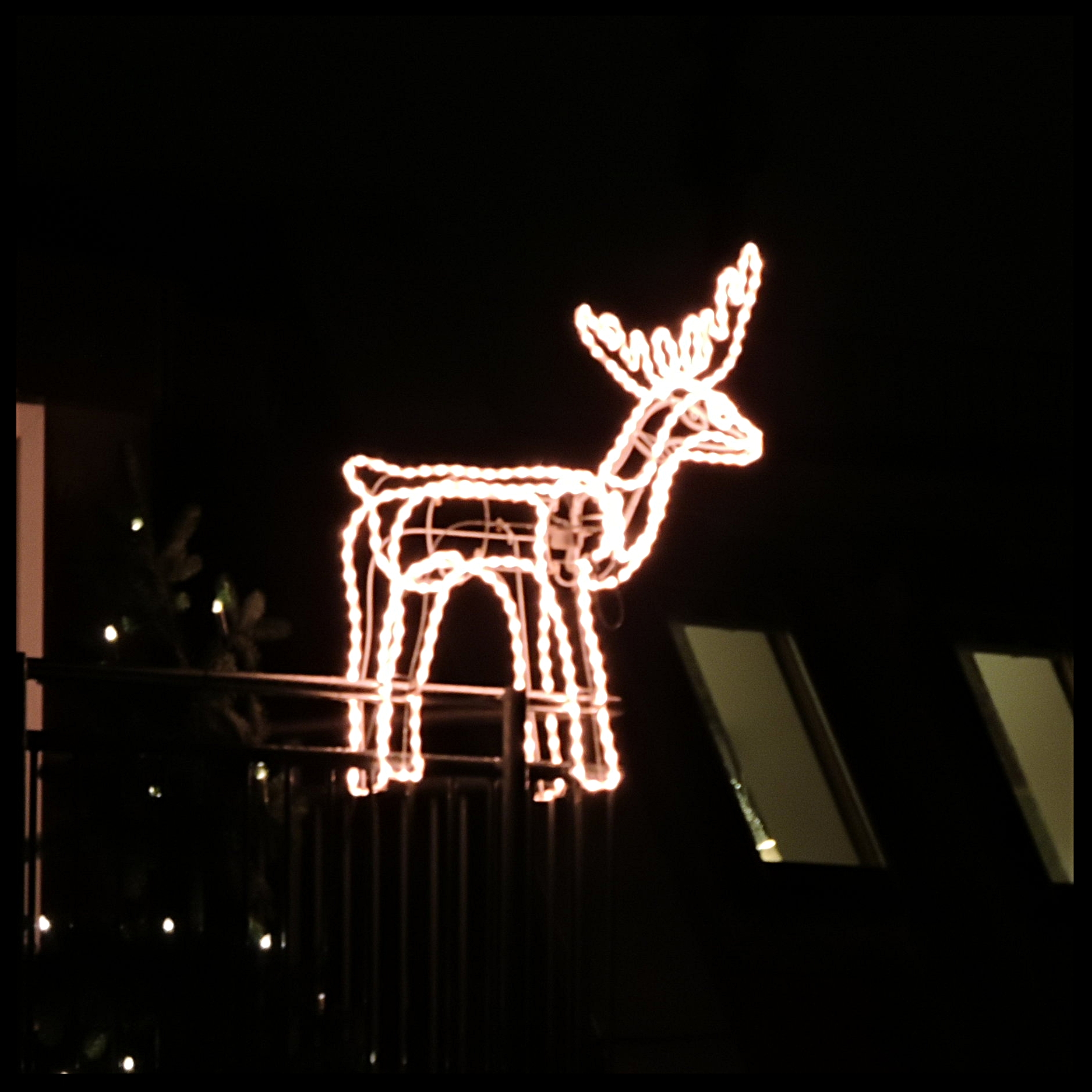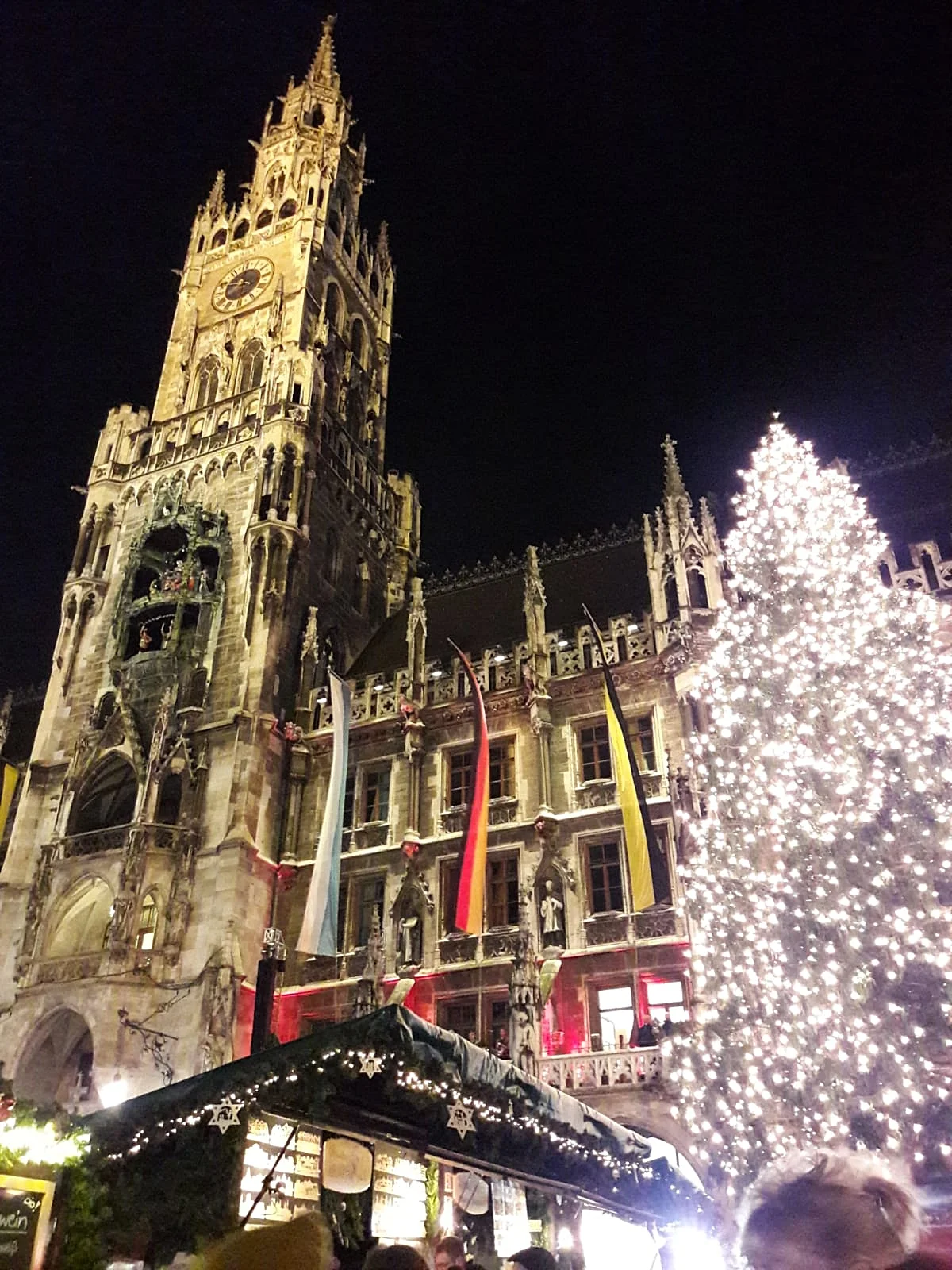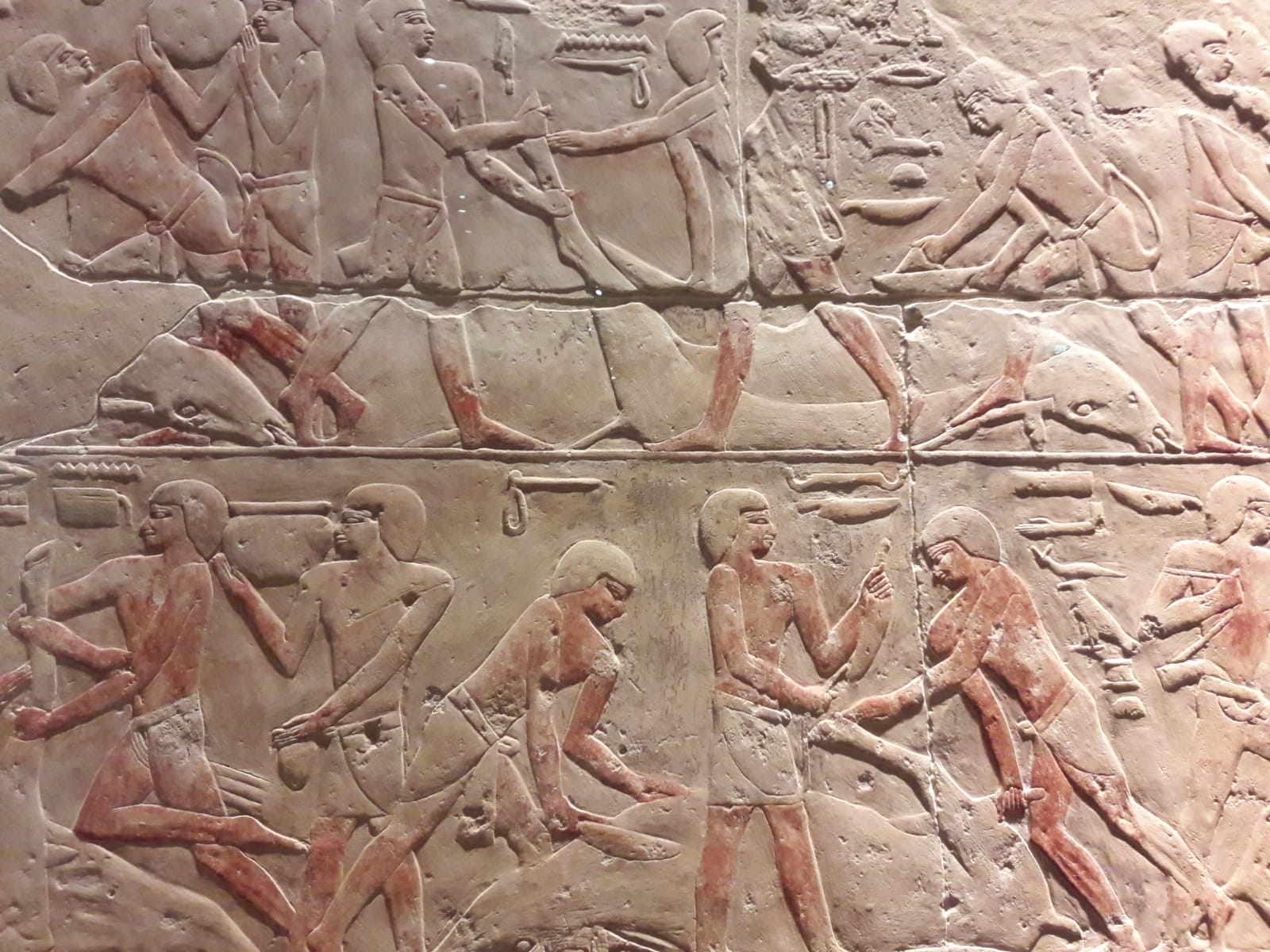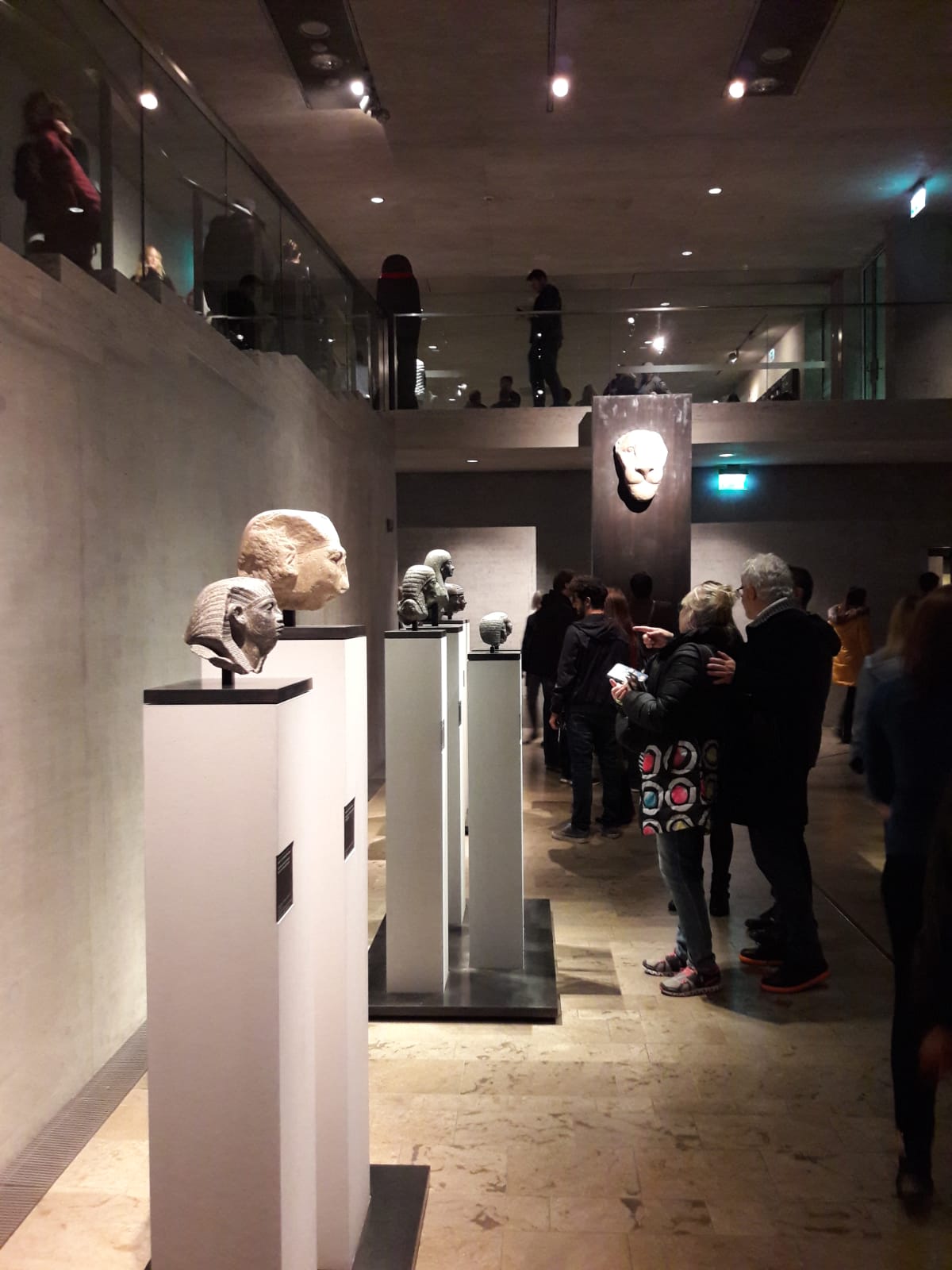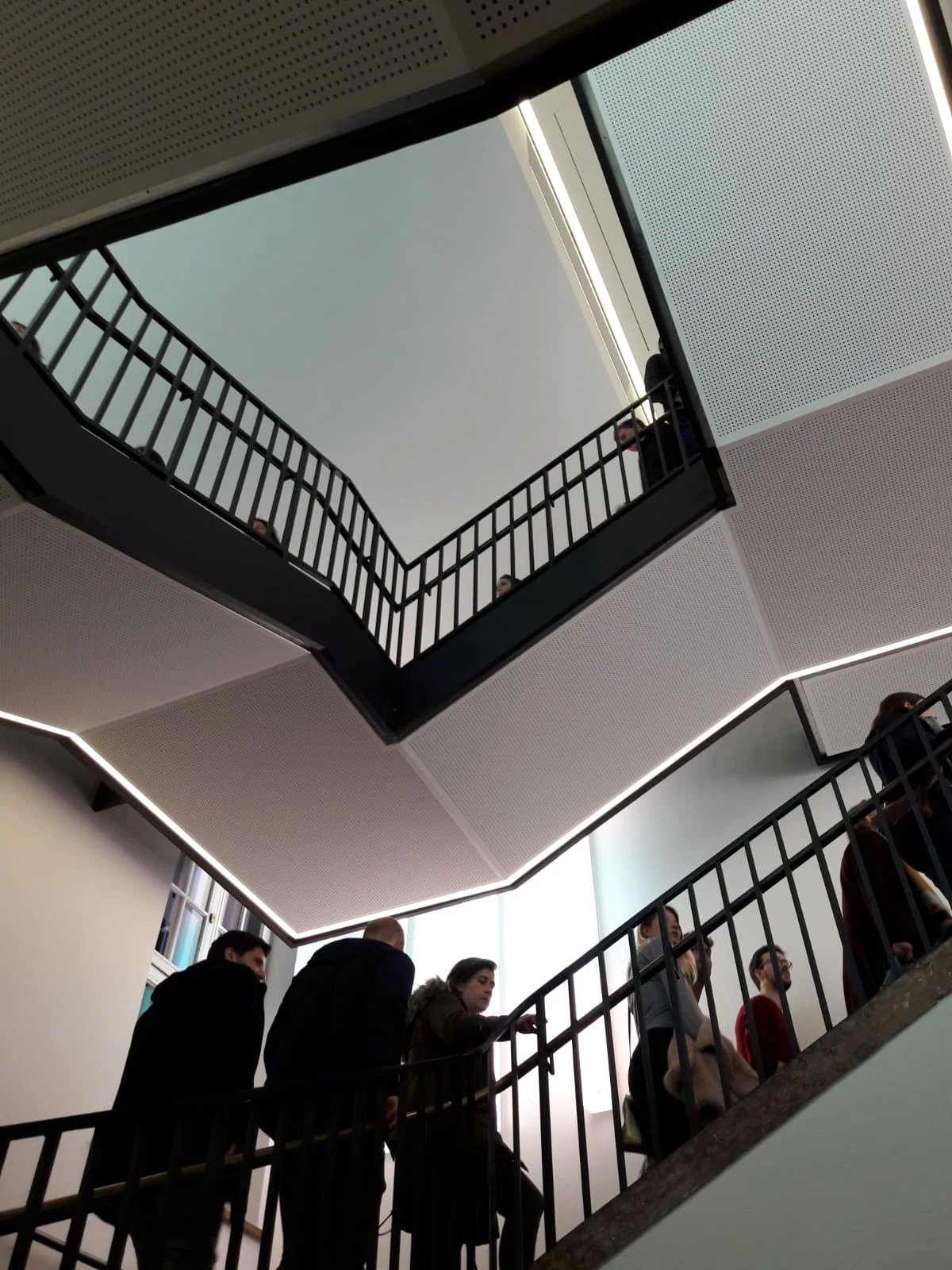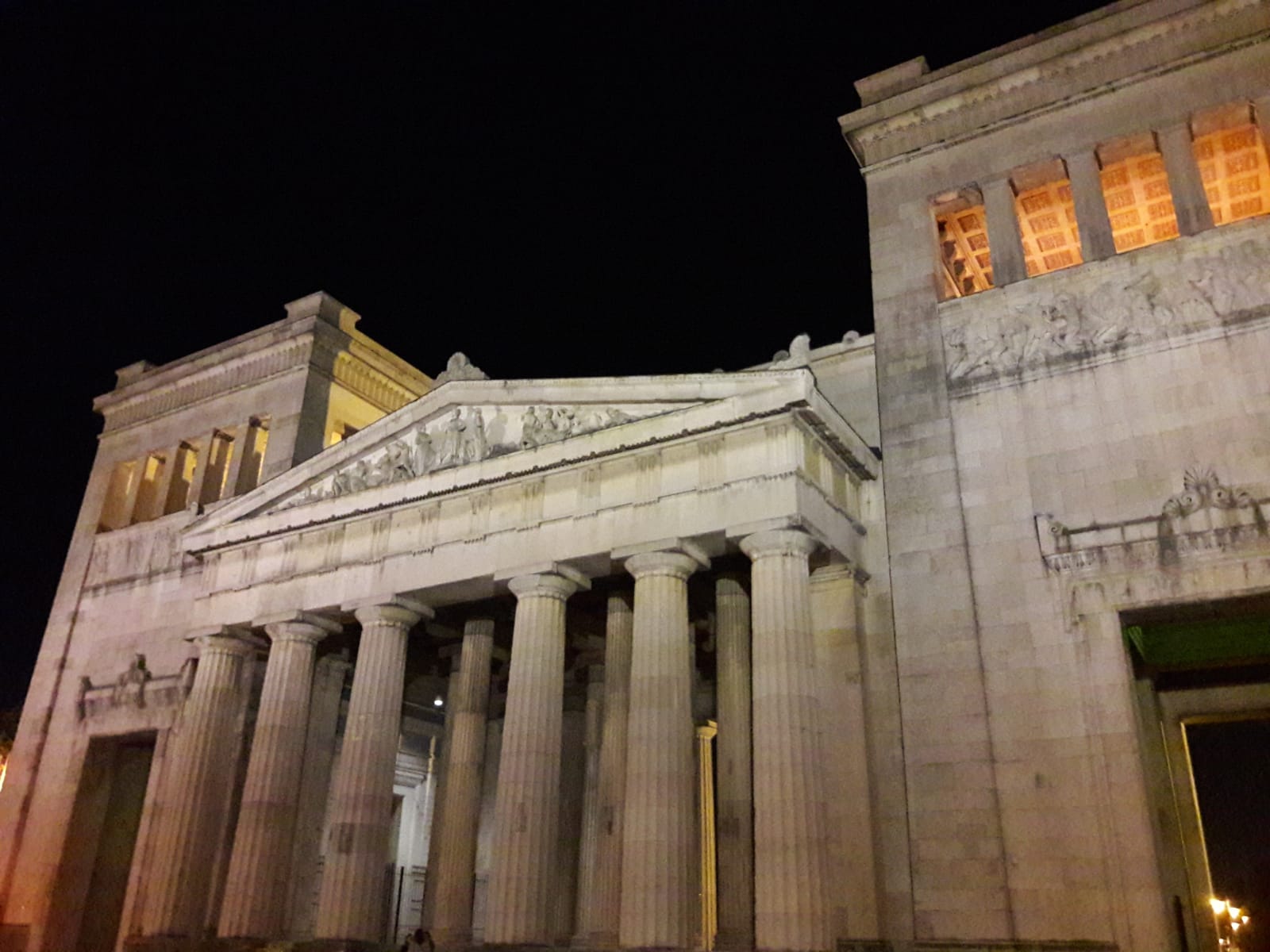The Long Night of the Museums
/It was 1.38 a.m. and I was in a horror movie.
I tried to find my way out of the museum exhibit but my turns kept finishing in dead ends. I had no other choice but to go further in. All the while the puppets gurned back at me, thousands of caricatured faces made sinister by Hollywood, leered as I tried to find the exit. Fairground music played as I became more frantic. The puppets, by then the size of human toddlers, were no longer separated by a barrier of glass casing. I was amongst them now.
Six hours earlier, as I was beginning my quest, this is not how I thought my “Long Night at the Museum” would end.
The posters advertising the event had been scattered around Munich for weeks beforehand. From bus stops and subway walls the Jesus-like face of Albrecht Dürer’s Self Portrait with Fur Collar commanded the observer to look at its A1, pop-coloured presence and then read the fine print below. For one night only all the main museums in Munich would be open from early evening until 2 a.m. the next day for entry with a €15 catch-all ticket. With its October witching hour setting, Munich’s “Long Night of the Museums” was a museophile’s Halloween dream.
True to its premise, the event began atmospherically at nightfall. By the time the museums opened their doors at the contrary hour of 7 p.m. the sun had already been down an hour, ensuring any confounding daylight had leached away. Like many of my fellow museum seekers I found myself spilling out of a packed shuttlebus next to Munich’s main cultural hotspot, Königsplatz, to find the outlines of the neoclassical buildings autumnal crisp against the dark sky and spotlit by a gibbous moon.
I had my own wishlist of museums that I wanted to visit, knowing that my whistle-stop tour was reconnaissance for more extensive tours later on in the year. I saw it as a try-before-you-buy type deal, a chance to scout out whether a guidebook lauded museum was to my taste and worth the full price entry fee of a normal Saturday afternoon. With this in mind my list included two of Munich’s most famous art galleries, Lenbachhaus and the Alte Pinakothek, as well as the Museum of Egyptian Art, or as I thought of it, mummies.
I started at Lenbachhaus, my presence being registered by the click of a tally counter held by museum officials at the entrance. As I pushed past the crowds on the stairwells I realised that the count was a necessary measure as there was a distinct risk of overcrowding. I had never seen a museum so full. Compared to the empty halls of a weekday, the place was crammed, begging the question of what made it so popular that night? Was it the “free” entry or the novelty of the event? If there were this many people interested in art on a random Saturday night, shouldn’t more be done to encourage such interest on an average day as well?
Such thoughts came to mind as I waited my turn behind the crowds to catch sight of the paintings on the wall. Craning my neck over beanie covered heads, I spotted the sketched nightmares of Alfred Kubin, which formed the temporary exhibition on the ground floor. Against the clock and knowing I had the cheat of the Internet at home, I flitted past the original drawings, noting down titles to look up later in the comfort of bed and PJs. Such is the reproducible, inferior experience of art these days.
Arriving on the upper floors, I looked at the paintings with a similarly naive eye, thinking to myself “ooh, that’s pretty,” only to realise I was viewing a Kandinsky. As I went through room after room of artwork, viewing astonishing creations from Klee through to Warhol, my judgement was no more sophisticated than deciding whether a painting would look good on my sitting room wall. Along with the thousands of other things on my to-do list I added “learn how to judge art critically.”
Taking a break from the art gallery sandwich on my itinerary, I decided to heighten the dramatic tension of visiting the Museum of Egyptian Art by going at 12 a.m. Mummies at midnight had a ring to it. But instead of finding myself alone with the ancient dead in a dusty museum at night, I was denied the horror movie experience by finding myself part of yet more crowds in a sleek, beautiful building that seemed more BMW showroom, than state museum.
Despite entering the penultimate hour of the event, the Alte Pinakothek was as busy as Lenbachhaus, with tired but committed aesthetes clumping around the more famous paintings. Hiding behind selfie sticks and an unremitting throng, Albrecht Dürer’s Self Portrait, the poster boy for this year’s “Long Night of the Museums,” stared back at the gawkers, its gaze even more arresting in the small, dark painting. Chirping alongside, a perennial tour guide explained the history of the picture to a rotating collection of fans. I too joined them for ten minutes of education and my own paltry photograph of the famous face.
By this point I was extremely tired. Lacking the stamina to make it to the very end I started making my way back as the clocks struck 1 a.m. As I walked the route home I saw Dürer’s familiar face beckoning me from a poster by a doorway. Münchner Stadtmuseum, the letters spelt out, spidery shadows doubling the words as a consequence of underlighting. A museum dedicated to my current hometown. It was a sign - I had to end my long night there.
There were no crowds here, rather a few lost couples wandering around a hodge-podge of displays. Lacking a chronological order, I bummed through the exhibits, taking the lift up instead of the stairs. Severely disappointed by an exhibition that had sounded promising, I got off at the third floor and decided to walk my way down in a cursory attempt to absorb that very last bit of museum.
Which is how I ended up alone at 1.38 a.m. in the Puppet Theatre of the Münchner Stadtmuseum. With 20 minutes until closing time, I hurried through 20 000 square feet worth of puppets, thinking that the exhibition would end by circling back to the place it started. It did not. Instead after an increasingly hysterical circuit, I found myself doubling back through masses of papier mache faces, confronted by blind endings, which may seem funny by day but are terrifying at night.
Somehow I made it back to the elevator and with barely ten minutes to spare, I burst out of the museum into the cold air, grateful for the release. The “Long Night of the Museums” had been a memorable event and had more than delivered on my wish for gothic horror.
It’s just a shame that now I have puppet-induced PTSD.



